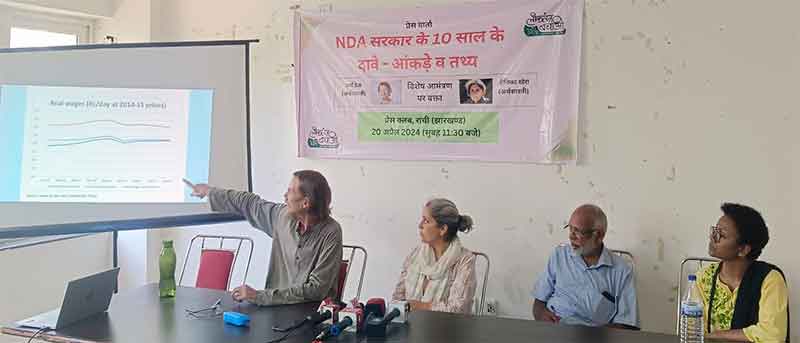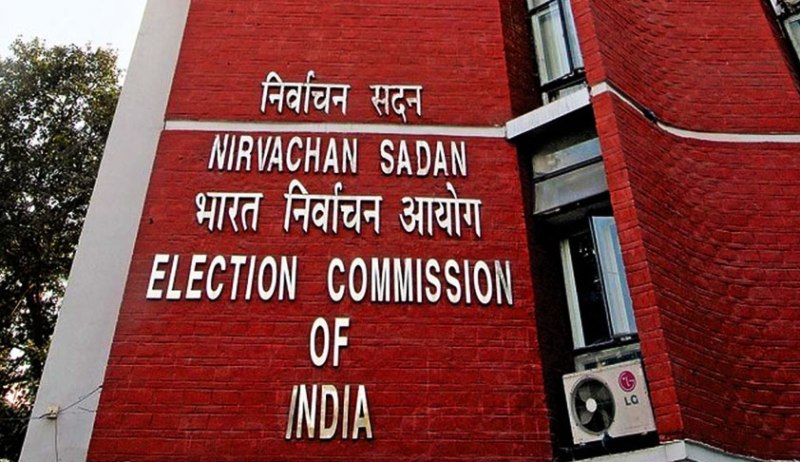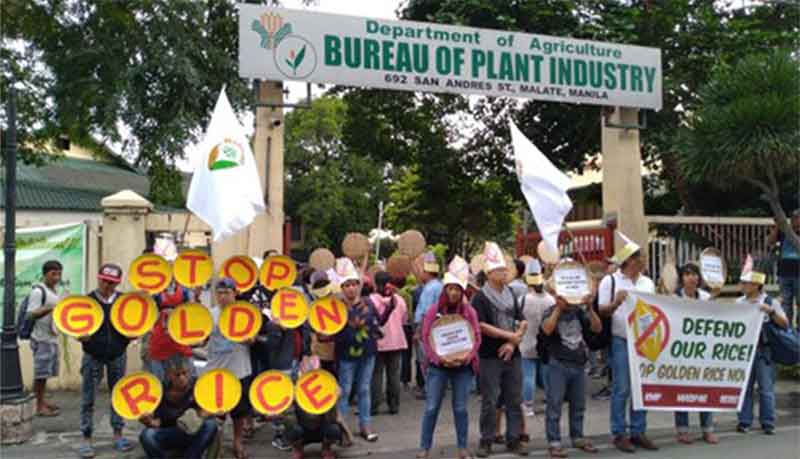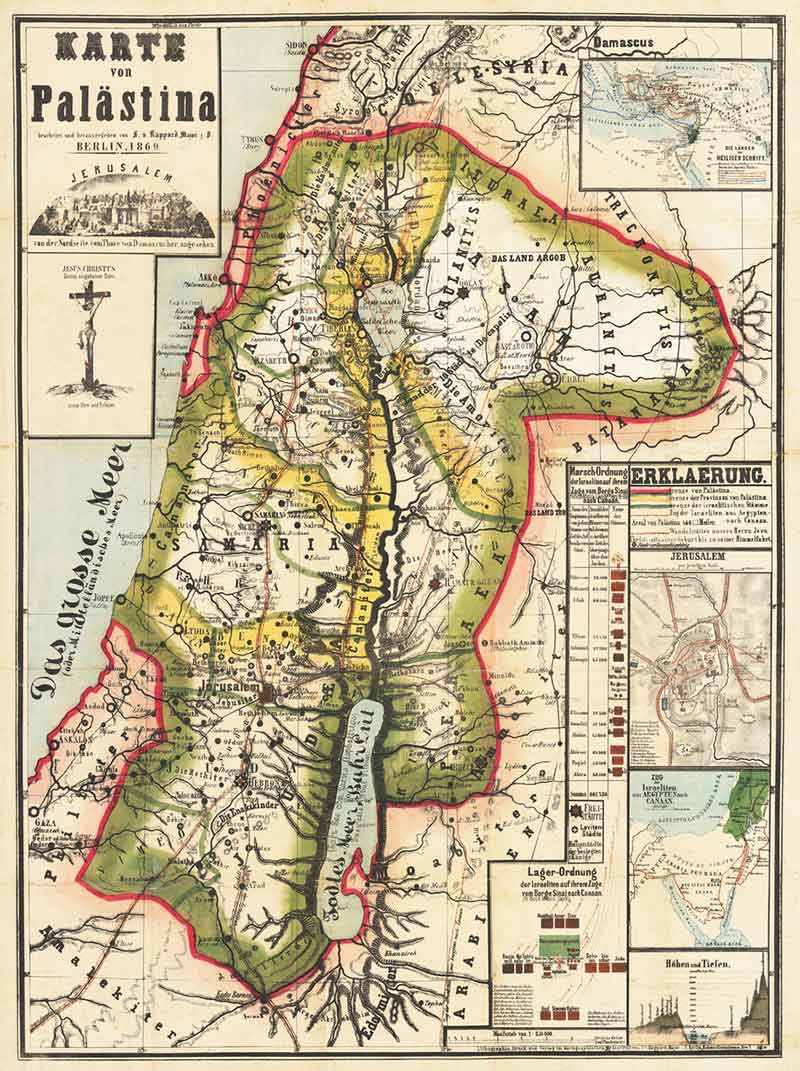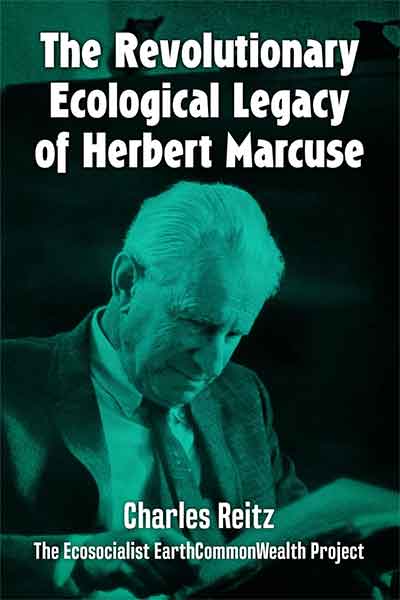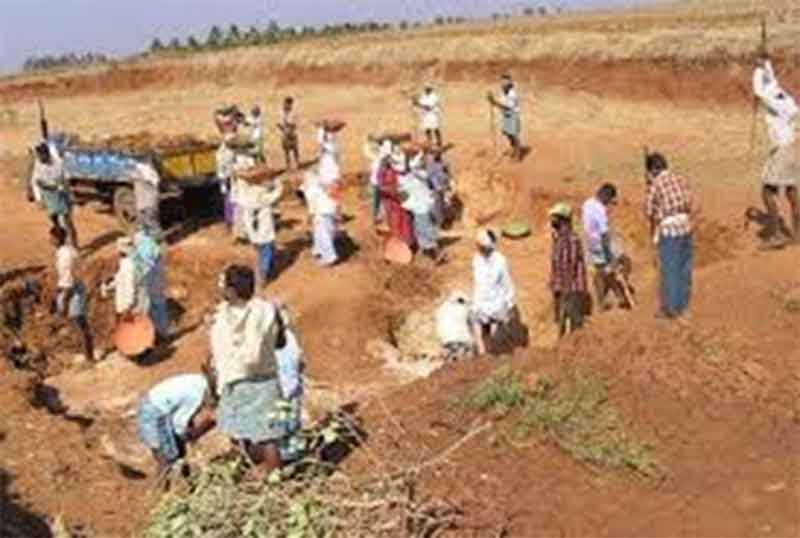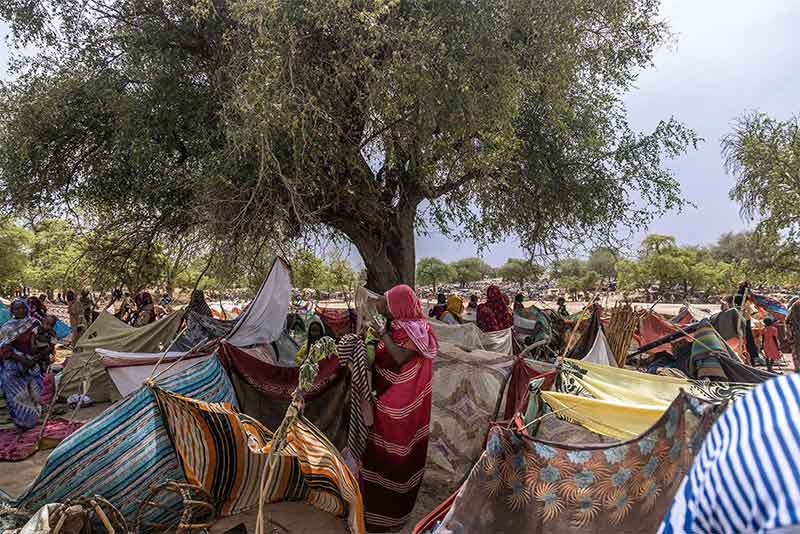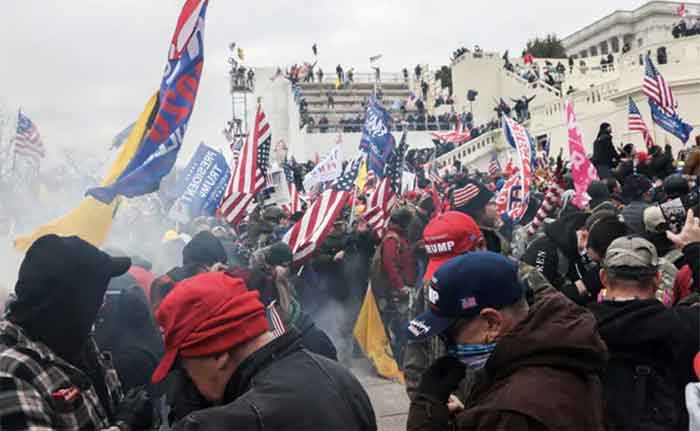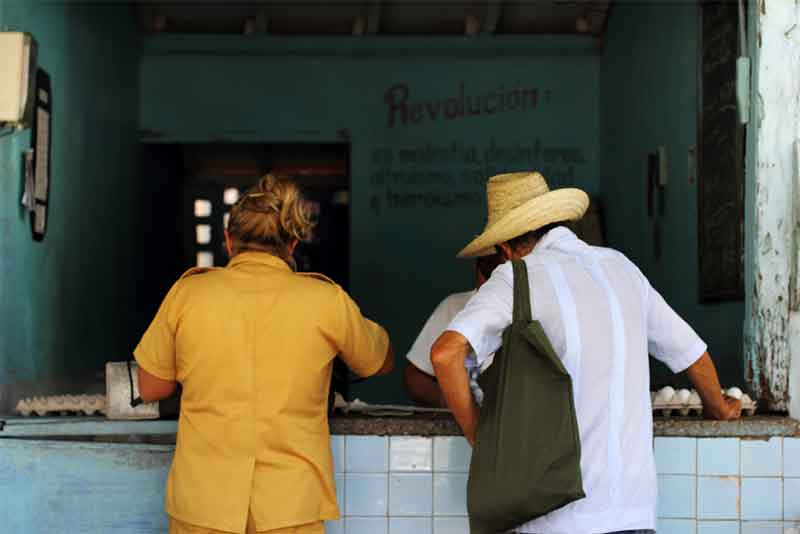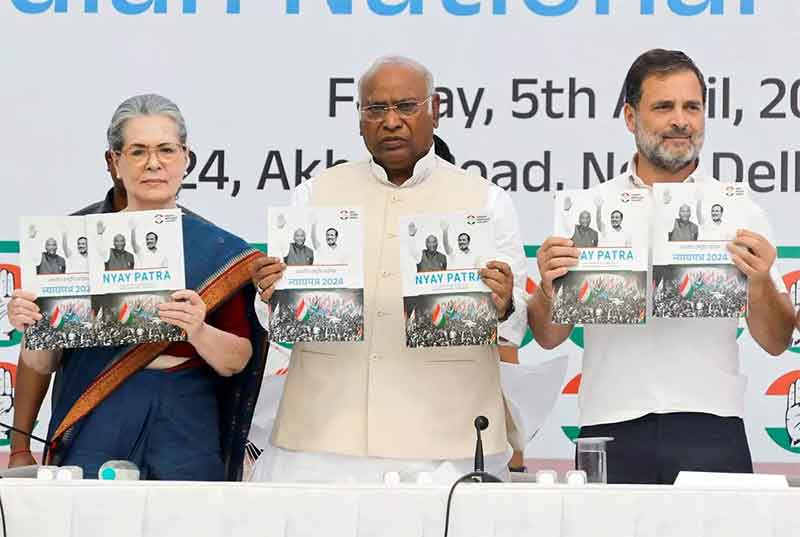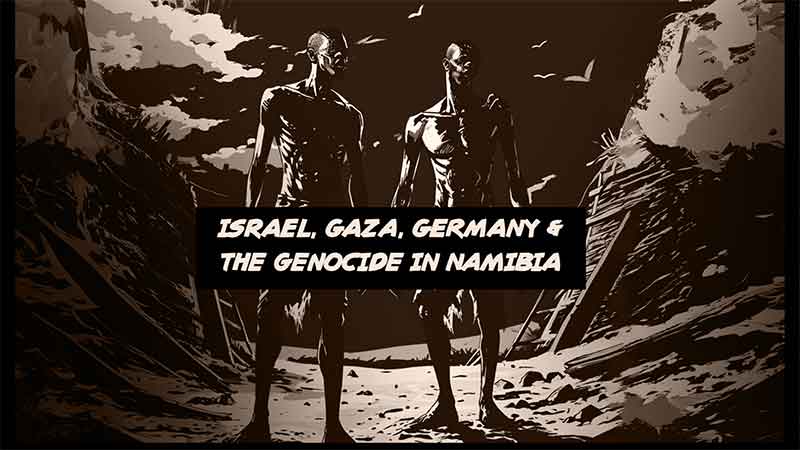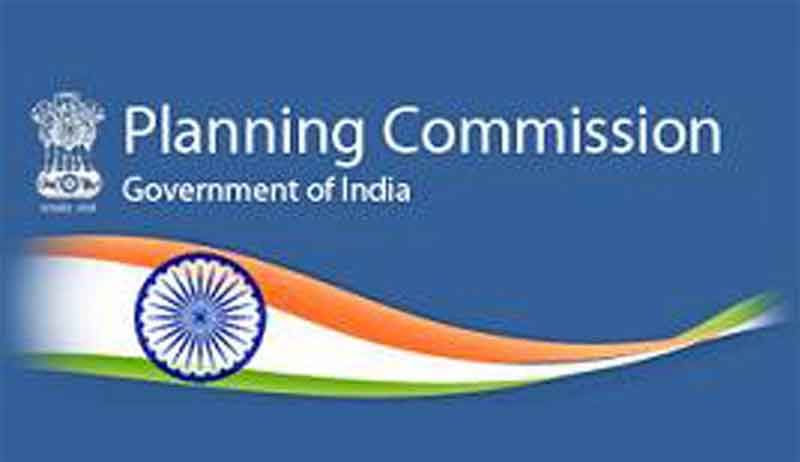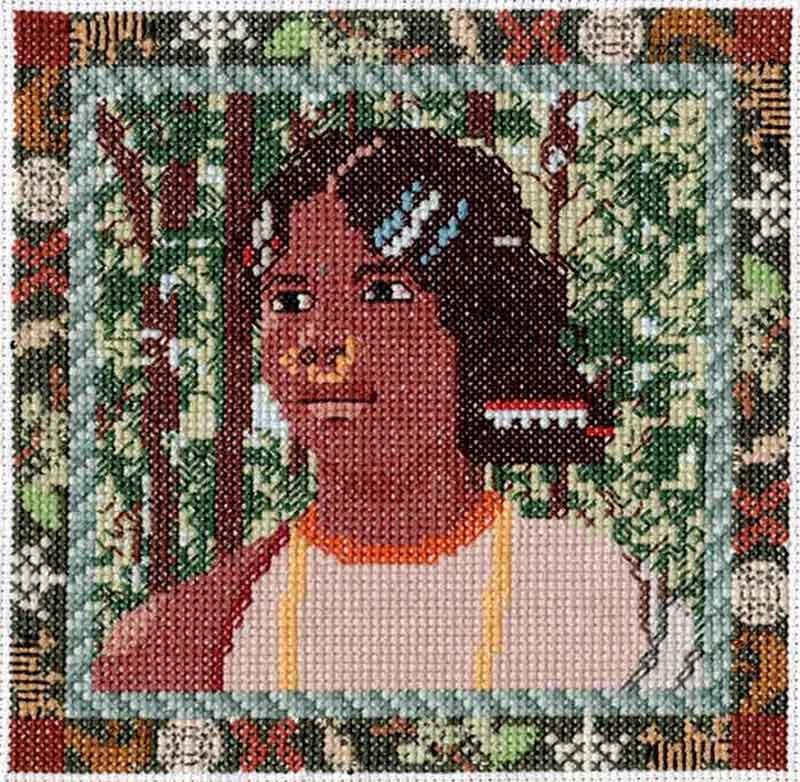Several days ago, I spoke with my sister on the phone about the founding of the USA. For around forty minutes, she shared information with me on the topic. Here is some of it.
Recently she went to Monticello on a tour [1] and learned lots of interesting facts while there. This estate was the primary plantation of Thomas Jefferson, the third President of the USA. Many of his slaves were bequeathed to him by his wife’s father, a sea captain and slaver, upon the father’s death. So Jefferson wound up with a considerable number of them to enrich himself and some members of his family. (I read that he, at the peak, had around 400 of them — the approximately same number that George Washington presumably had.)
Moreover, my sister shared with me that she saw a video of the last living legal slave in America. An old man at the time of the video, he basically said that you did that which you were told to do or there would be grave repercussions (even worst than beatings or whip lashings) for disobedience.
And then there was J.R. Linney. Gooley devotes a chapter to this controversial mine superintendent, who ruled Lyon Mountain like a feudal lord from the end of World War I through most of World War II. Lyon Mountain was a wild place when Linney arrived, with alcohol-fueled ethnic brawls, knifings, gang murders, extortion and other devilry in full swing. The Black Hand, a Mafia-like semi-organization, was the law. “J.R.” —that was all the name he needed—was brought in to impose civil order, and to this day there are those who say he was ruthless in doing so. …
He was also brought in to reduce the fatality rate. That he did not do, perhaps because his third charge was to maximize company profits.
It is to those who toiled in the mines, though, that Gooley devotes the bulk of his book. Their ethnic dynamic, he notes, “directly challenges the notion [of our] vast Melting Pot.” Packed into close quarters, often not understanding each other’s languages or ways of living, they endured a series of culture clashes. Further, because many of them spoke no English and had little or no education, they were ripe for exploitation. …
One thing the miners had in common, though, was that they got killed or maimed with disconcerting regularity. Gooley’s chapters on working conditions and what they wrought on people are not for the queasy. Told mostly in the words of those who survived, they recount 12-hour shifts in dark tunnels too low for a man to stand upright in, almost no training, no days off (not even Christmas), unprotected 500-foot shafts, poisonous gases, devastating encounters between drill tips and undetonated dynamite, and the inexplicable rock bursts wherein a tunnel floor might without warning explode and plaster itself and everything between against the ceiling (“If you were at home, you could hear the dishes shaking on the shelves,” recalls Floyd Bracey). If the floor didn’t heave up, the ceiling might come down, eviscerating a man or crushing him into what Bracey describes as “pieces like pancakes.”
The company supplied hardhats, but all other safety gear the miners were required to purchase themselves, on wages that hovered around $2 a day during the 1920s. It should come as no surprise that, as Gooley puts it, there weren’t many “old miners.” Said one who did survive, “We could face the long hours, the hard work, and the danger, but the hardest part was facing up to the likelihood that most of us would never have the chance to grow old.”
Pictures of tombstones, some inscribed in foreign tongues, bring this all home. Juzef Golembiewski’s indicates that he was 19 when he perished. Older victims left wives and children, for whom the company did next to nothing. …
If this book were to become a movie, it would probably rate an “R” for graphic violence and gore. But it is greatly to Lawrence Gooley’s credit, and to the honor of those who lived their lives, and lost them, in Lyon Mountain that he does not sugarcoat the realities of life in that hardscrabble Adirondack town. – Author: Lawrence P. Gooley, Review by: NEAL BURDICK
According to my sister, who spends part of the year with Lyon Mountain in view, the workers were both controlled by company bosses and their village bosses. If you were to step out of line, you’d, like any financially poor serf or slave laborer, have hell to pay. You conformed and obeyed no matter whatever happened or else!
Of course, it is easy to see that the roots of the KKK (Ku Klux Klan), white supremacy, black supremacy and fascist organizations arose from such beginnings of poverty and control by the oligarchs. Accordingly the people, who were poor and controlled by the social order, squabbled amongst themselves rather than blame those in power.
These latter wealthy people, let’s remember, had a hard time considering giving African Americans, women of all races and Native Americans the right to vote. Indeed, many of them had a problem with the commoners — i.e., poor white men — having the vote. After all, what would that do to their power, great monetary benefits and privilege if a true democracy were created? And what about Muslims and Jews — the so called pagans?
Finally laws were put in place to ensure that only the men in power could retain it. For example: The way the Constitution was written in 1789, which white men could vote was left up to the states. In most states, you could only vote if you were a white man – AND you owned property, like a house or a farm or a store. If you rented your house and worked on somebody else’s farm or in somebody else’s store, then you couldn’t vote. This meant that most white men living in the United States at this time could not vote. Rich men said this would make sure that only smart, sensible people voted. … Taking all these people together, just after the Revolutionary War only about a quarter of the grownup people in the United States could vote. – From Karen E. Carr at Equal Rights for Some – American History, located at reference [4]
To learn more about the lives associated with the Jefferson family if you wish to do so, please go to reference [5]. There you will find quite an eye opener.
Moreover I’m not surprised at all that some people in the USA want to remove statues and paintings of Tom Jefferson, George Washington and other fore-founders of the USA despite their myriad positive contributions to the country. I’m not stating that the removal should or shouldn’t be done. I’m just suggesting that this perspective is altogether understandable.
References:
Monticello was the primary plantation of Thomas Jefferson, the third President of the United States, who began designing and building Monticello at age 26 after .
[2] STILL ALIVE: Man, 108, Enslaved in United States – YouTube
… oldest living African American person enslaved in the United States. … very least reestablish family ties .
Mississippi finally ratifies 13th ammendment February 2013.
[3] Lyon Mountain The Tragedy of a Mining Town – Adirondack Explorer …
A stretcher and a bobsled repose in Lyon Mountain’s former train station, which is slowly undergoing restoration for a museum. Both were made from ore …
[4] Equal Rights for Some – American History – Quatr.us
Some of the Constitution writers, like Thomas Jefferson, agreed with Solomon … of citizenship… for happily the Government of the United States, which gives to … Like women and black people, Native Americans were not allowed to vote in the …
[5] The Strange and Ironic Fates of Jefferson’s Daughters
Sep 17, 2016 – The Strange and Ironic Fates of Jefferson’s Daughters. Martha Jefferson was Virginia elite. Her half-sister Harriet, though seven-eighths white, …







